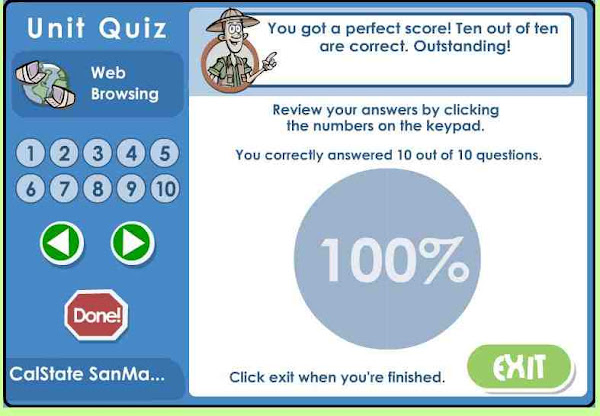Meet Harriet Tubman: The Story of a Web Site by Patty Taverna, Terry Hongell
The article tells the story of how a second grade class created a historical web site to help them and other grade school students better understand the life and times of Harriet Tubman. The site used the student's art, quizzes, and exorcises to show the historical context of Miss Tubman life. The students made a cyber Underground Railroad to highlight Tubman's work freeing slaves. The site also gave students a chance to interact with history and learn how technology could empower them to pass on what they had learned to others. I think that this website was a good use of their time. A website once it is finish can be used by future students. So with a little front work the site will continue to give and give.
Q1. How could a educator use websites or web pages as learning tools?
A1. Going be on the website described in the article, students could create person web pages to show what they learn about a subject. The web pages could be used as a tool not only to measure what student learn about a subject but to measure other student skills.
Q2. How could the student's website be a help to other students?
A2. The website, along with being a great way to get information about Harriet Tubman to students, could be used to inspire other students. The fact that the site was made by their peers is a great way to show students what is possible.
